Order: Accipitriformes. Family: Accipitridae

Tarangire, Tanzania 2003
Description
Length 55-60 cm. Stocky, red-tailed buzzard, with two distinct colour morphs. The adult Augur Buzzard is strikingly plumaged. It is almost black above with a rufous tail. The primary flight feathers are blackish and the secondaries off-white, both barred with black. Below the chin and around the throat is mainly white, and the rest of the underparts and the underwing coverts are rich rufous. The flight feathers from below are white, tipped with black to form a dark trailing edge to the wing. Yellow beak grey tipped.
There is a melanistic form of Augur Buzzard, all black, except for grey and black-barred flight feathers and a chestnut tail. About 10% of birds are melanistic, but the proportion rises in forested areas with high rainfall to as much as 50% in some areas.
The female has black on the lower throat. The juvenile is mainly brown above with buff markings and below white with brown streaks; tail greyish below with light barring. Full adult plumage is attained at about 18 months. It can be confused with wintering Steppe Buzzard, but has broader wings and an unbarred undertail.
Similar species: This species is similar in shape and overall structure to Jackal Buzzard but differs in having a white throat, breast and belly, and white wing linings.
Distribution
Occurs in a band from Eritrea and Ethiopia, to Zambia, Angola, Namibia, Zimbabwe and central Mozambique.
Habitat
It generally favours mountainous or hilly areas with rock outcrops, especially with woodland, savanna, scrub or montane grassland.
Movements and migrations
Resident, although juveniles disperse from their parents' territory once they become fully independent.
Diet
It mainly eats reptiles, supplemented with mammals and birds, doing most of its hunting from a perch or from the air, swooping to the ground before grabbing its prey.
Breeding
Usually a monogamous, territorial solitary nester, although both polyandry (two males mating with one female) and polygyny (one male mating with two females) have been recorded. In a courtship display the male repeatedly dives at a perched female, or alternatively they may dive synchronously before locking their talons. Egg-laying season is from July-November, peaking from August-October. It almost invariably lays two eggs, 2-4 days apart, which are incubated by both sexes for about 39-40 days. The older chick starts to attack its younger sibling as soon as it starts moving; the younger chick is usually dead by the time it reaches 5-8 days old. The remaining chick is closely brooded by the female up to ten days after hatching, while the male delivers food to both of them. The chick leaves the nest after about 50-60 days old, becoming fully independent after another 14-30 days or so.
Call
It calls a repeated barking k'wenk k'wenk k'wenk k'wenk..., usually in flight.
Status
Common resident.



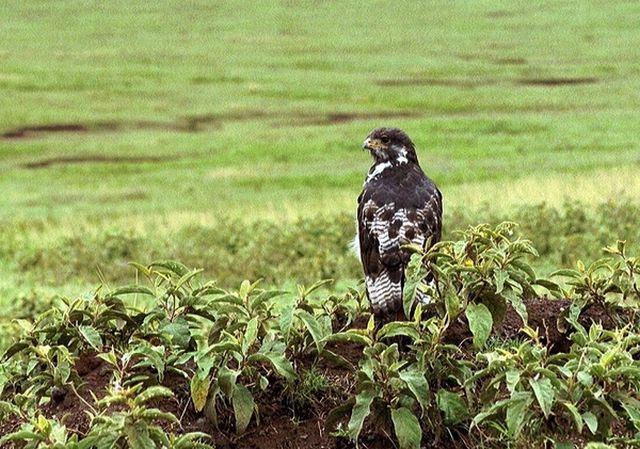 © nan
© nan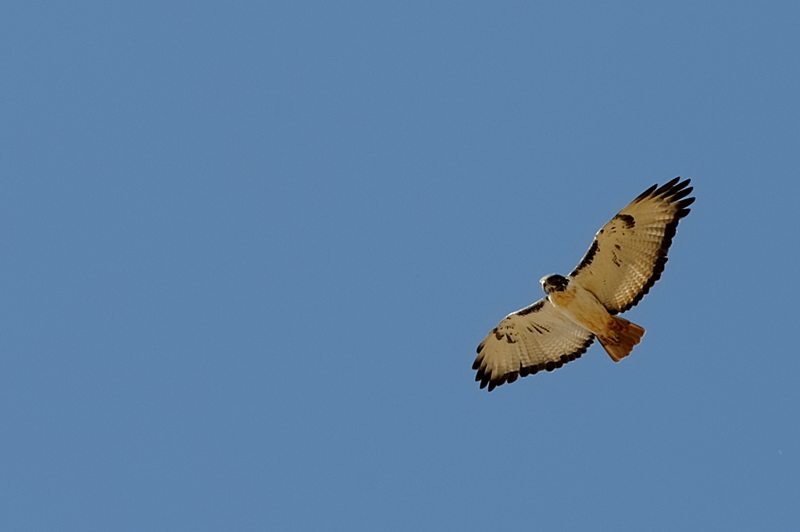 © Dewi
© Dewi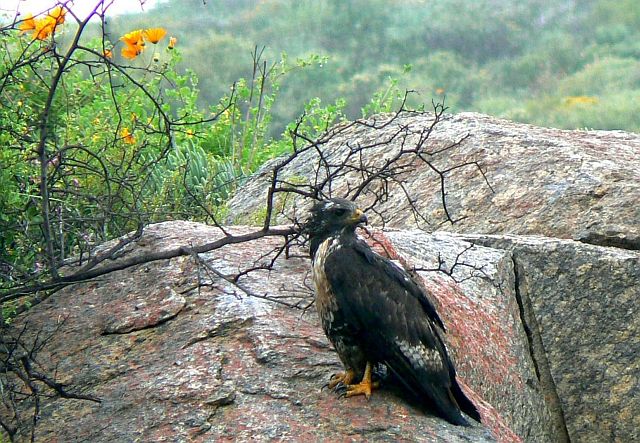
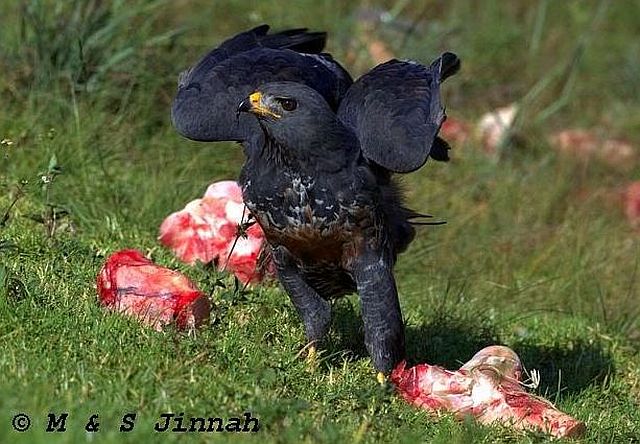 © Sharifa
© Sharifa © Michele Nel
© Michele Nel © Duke
© Duke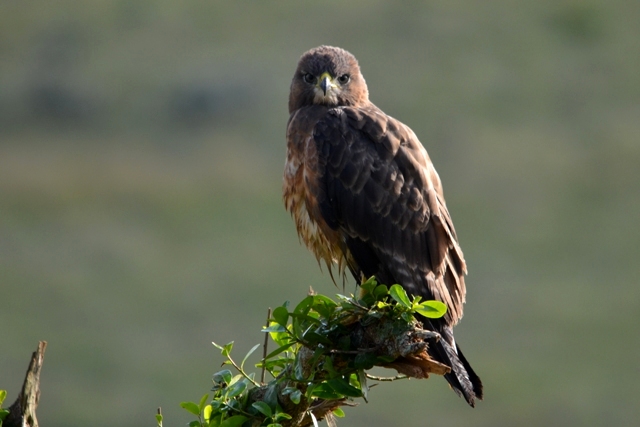 © Mel
© Mel © Mel
© Mel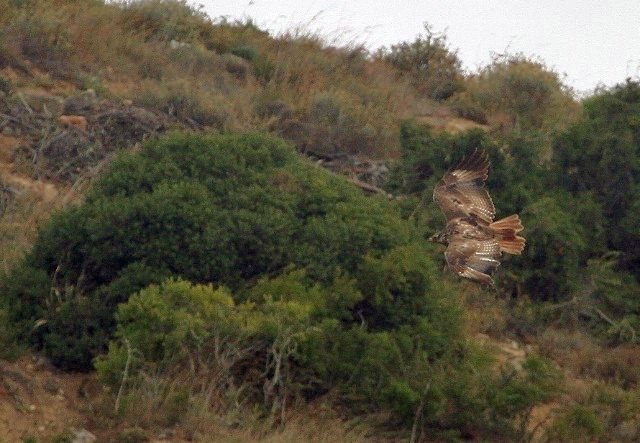 © nan
© nan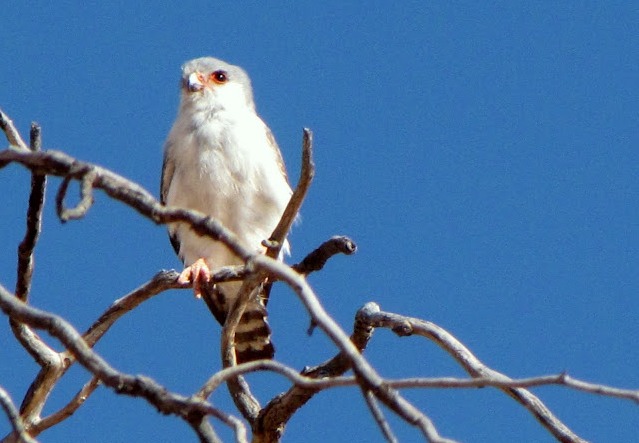
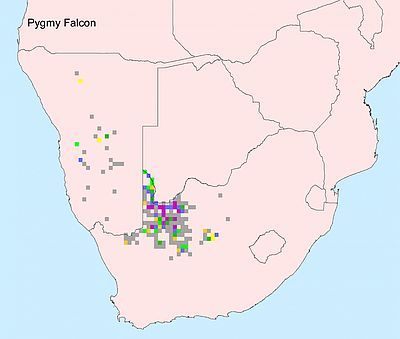
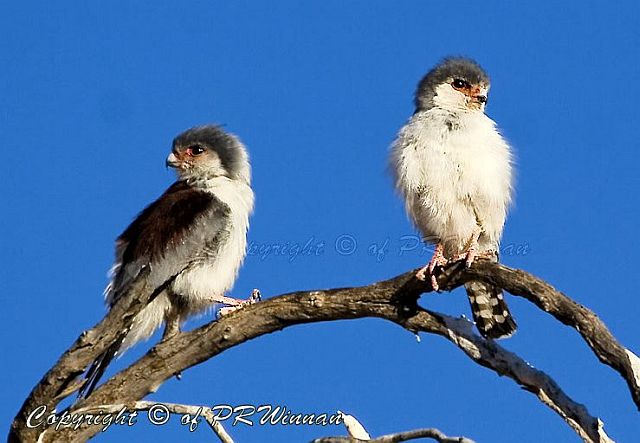 © PRWIN
© PRWIN © Mel
© Mel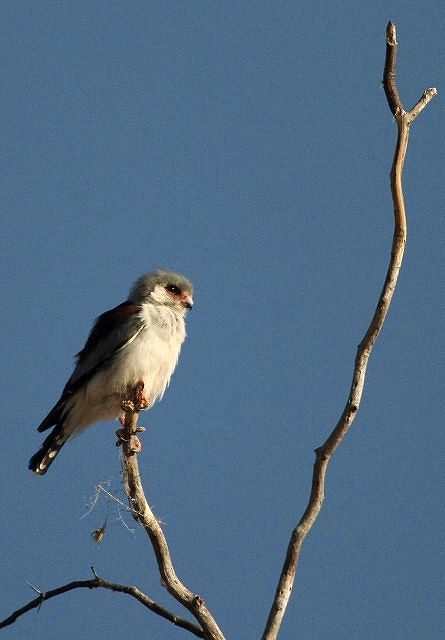 Female © nan
Female © nan © nan
© nan © BluTuna
© BluTuna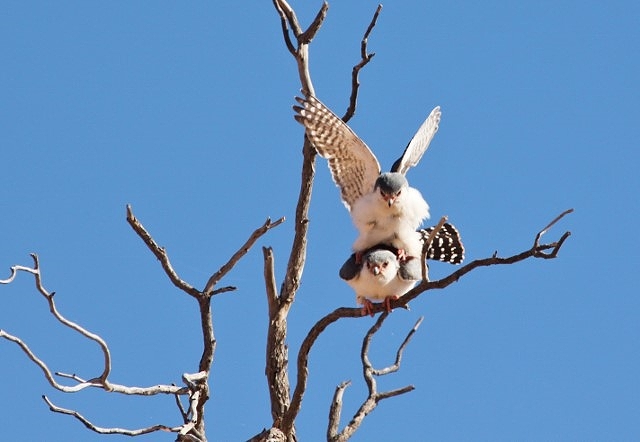 © nan
© nan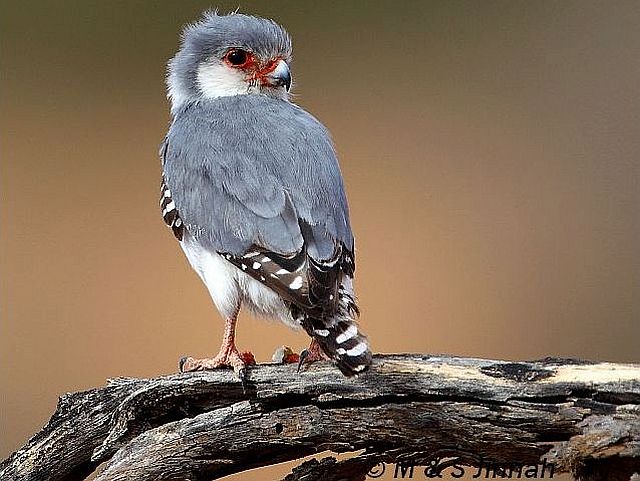 © Sharifa & Duke
© Sharifa & Duke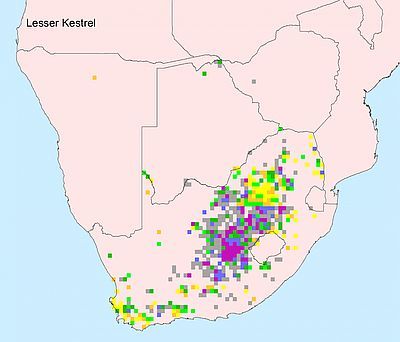
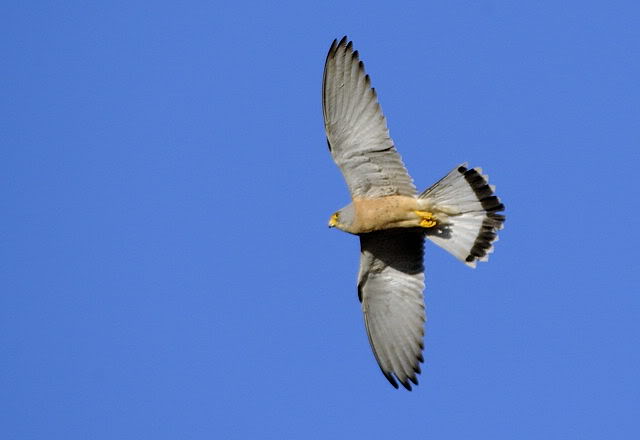
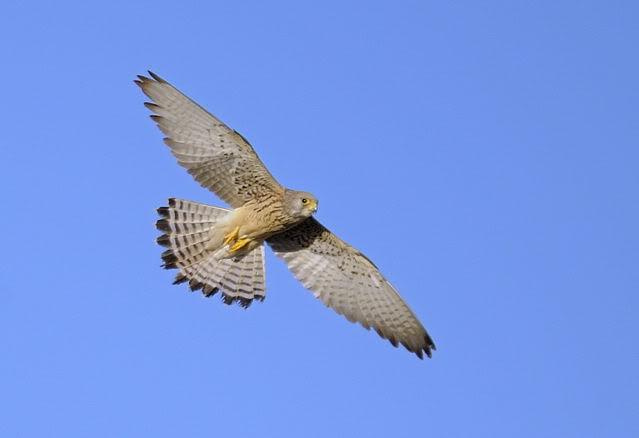
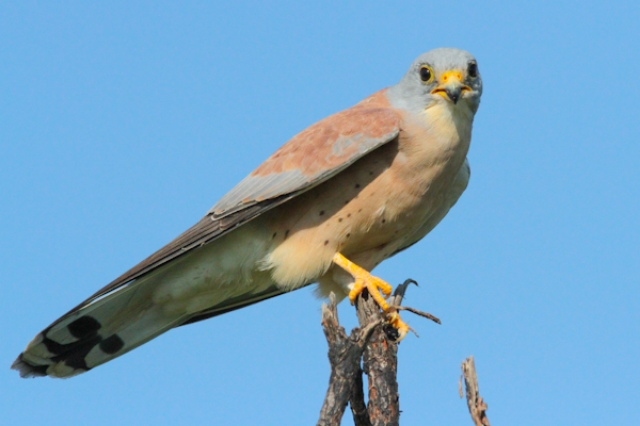 © Super Mongoose
© Super Mongoose © Pumbaa
© Pumbaa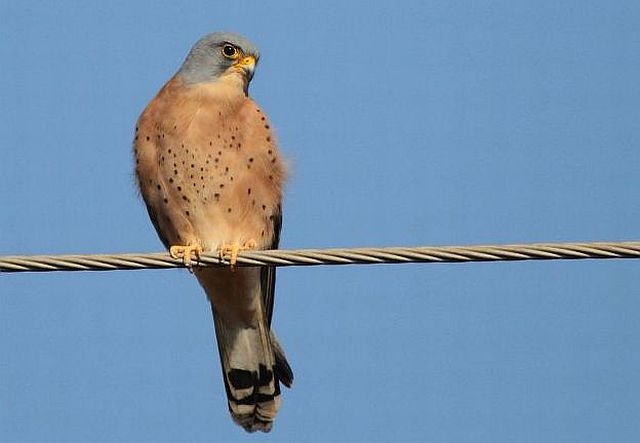 © Sharifa & Duke
© Sharifa & Duke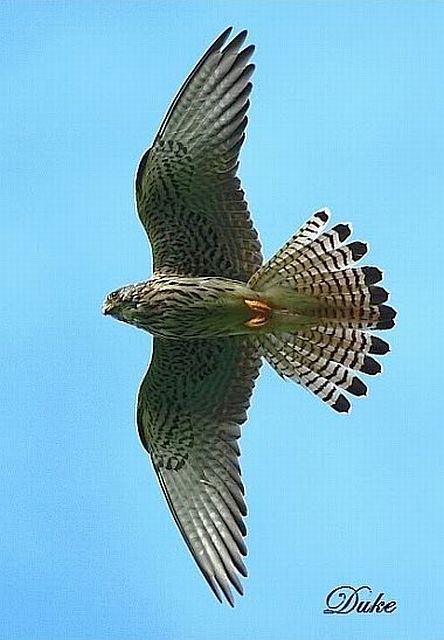 © Sharifa & Duke
© Sharifa & Duke